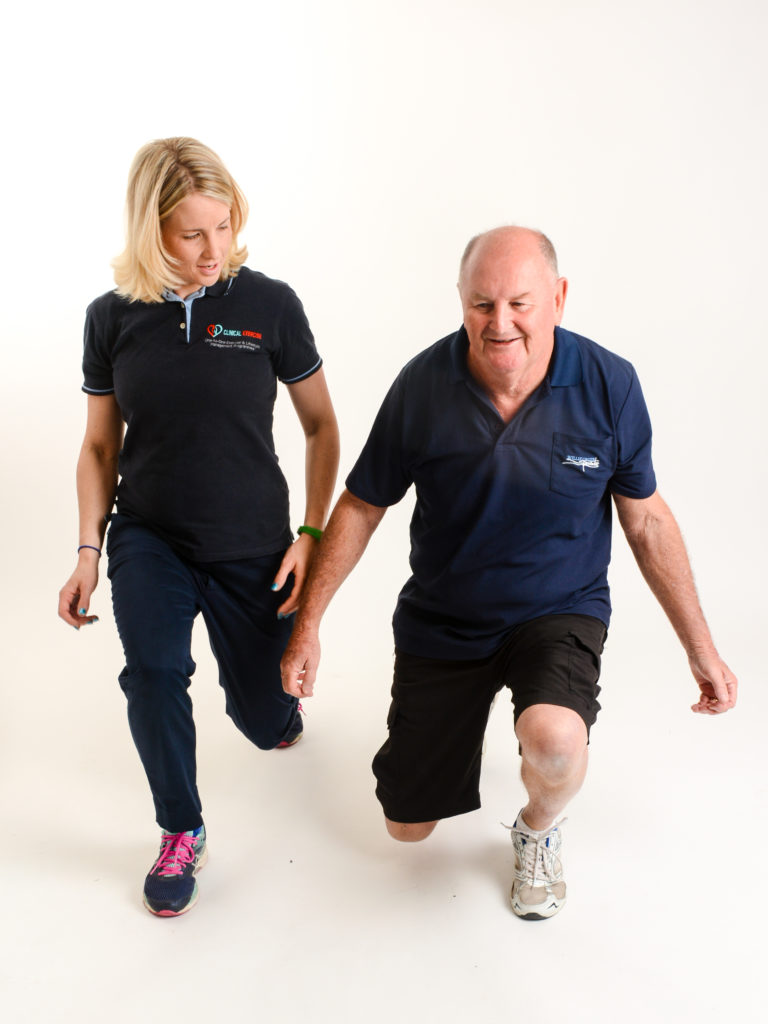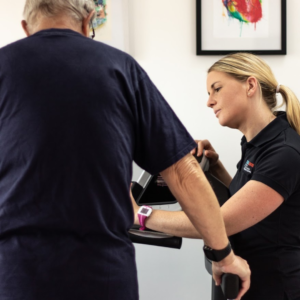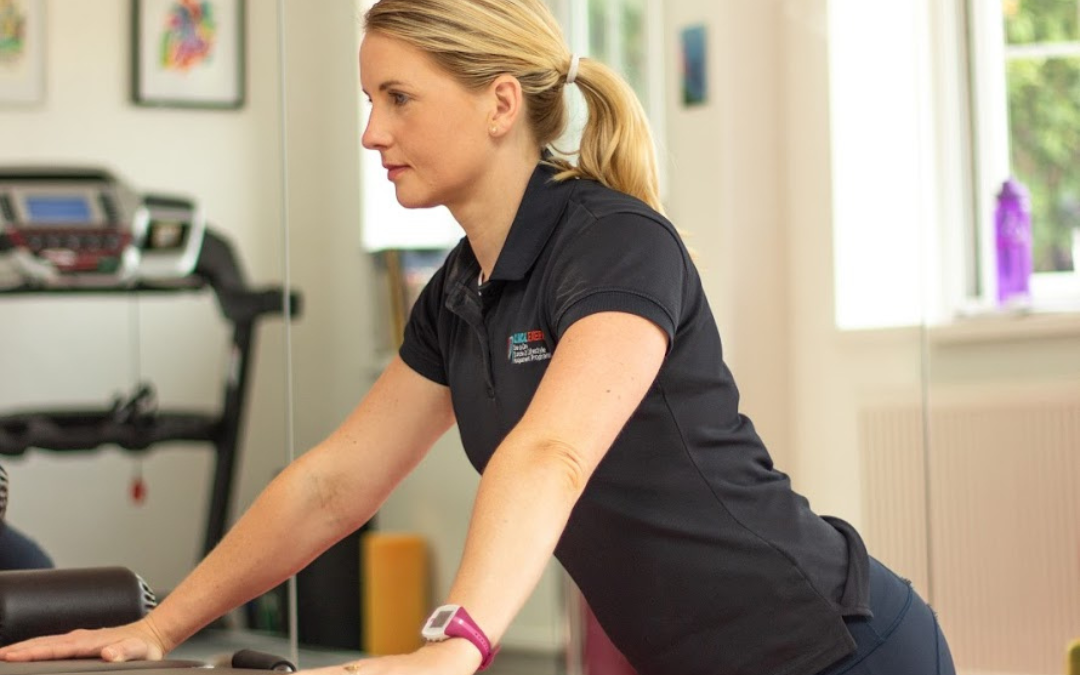Getting back into exercise when you’ve had a heart attack can feel overwhelming, scary and more than a little frustrating. You may have been given a bag of medicines and a booklet on what a heart attack is from the hospital but not much else about exercise. It is important to first find out as much as you can about what happened during your heart attack and what treatment you had as this will affect your recovery, as well as what type of exercise will be appropriate for you after your heart attack. I’ll try to go through as many scenarios as I can but please do post any questions that you have to get in touch to have a chat!

Recovery Time Before Returning to Exercise
The amount of time that you need before getting back to full exercise will depend on a range of factors, including what type of heart attack you had, any heart damage that may have occurred during the heart attack, what procedure you had and what type of medications you were given.
In general, you can expect that your recovery time will be a minimum of 4-6 weeks, although some people will take longer than this. This allows the heart to recover from the heart attack, the body to recover from any treatment given and adjust to any new medications. Often the recovery time is longer if there has been severe heart damage or you needed more extensive treatment such as bypass surgery.
*Note: If you an angiogram and/or stent the doctor may have placed a cannula (needle) in your wrist or groin. You’ll need to take it easy on these areas for at least 2 weeks to avoid bleeding. So no heavy lifting and nothing strenuous for at least 2 weeks.
During the 4-6 week recovery period after a heart attack, it would be expected that you take it fairly easy when it comes to exercise. Short, easy walks would be a good idea and build up gradually as your energy improves.

Exercise after a heart attack – after the 4-6 week point
After the recovery period, here are some general guidelines to follow. Get in touch if you’d like a personalised program or to join my Zoom Cardiac Rehab classes – they’re a great way to get your fitness back with other Hearties and will build you back up gradually in a safe way.
- Check with your healthcare provider before starting any exercise program after a heart attack. Your healthcare provider will be able to provide guidance on what types of exercises are safe for you and how much exercise you should be doing or if there’s any specific do’s or don’ts for your case.
- Start Slowly: Start with low-intensity exercises such as walking, and gradually increase the intensity and duration of your exercise program over time.
- Monitor Your Heart Rate: Check your heart rate during exercise, and stop exercising if your heart rate goes above your target heart rate. Your target heart rate is generally around 40-70% of your maximum heart rate. You can use this calculator here to work it out.
- Take Rests: Take breaks during exercise to rest and recover. If you go for a longer walk, stop and rest when you need.
- Avoid Overexertion: Avoid activities that require sudden bursts of activity, such as sprinting or lifting heavy weights. Re-build back the weights by starting out light, and gradually lifting more as you get stronger. I generally advise my class that if they get to the end of a set and can still do at least 3-5 more reps, then it’s time to increase the weight!
- Stay Hydrated: Drink plenty of water before, during, and after exercise to stay hydrated.
- Listen to Your Body: If you experience any chest pain, shortness of breath, or other symptoms, stop exercising, use your spray if you have one and seek medical attention immediately if the pain does not resolve.
- Follow a Cardiac Rehabilitation Program: Consider participating in a cardiac rehabilitation program, which is designed to help you safely and effectively recover after a heart attack. Come and join mine!
Remember, the key to exercising safely after a heart attack is to start slowly, listen to your body, and consult with your doctor before starting any exercise program and get an expert like me to personalise a program for you!



Hi, this is a comment.
To get started with moderating, editing, and deleting comments, please visit the Comments screen in the dashboard.
Commenter avatars come from Gravatar.
Greetings! Very useful advice in this particular article! Its the little changes which will make the most important changes. Thanks a lot for sharing!
I needed to thank you for this very good read!! I absolutely loved every bit of it. Ive got you bookmarked to look at new stuff you postÖ
I was excited to find this website. I wanted to thank you for your time just for this fantastic read!! I definitely liked every part of it and I have you book-marked to look at new things in your blog.
I needed to thank you for this wonderful read!! I certainly enjoyed every bit of it. I have you saved as a favorite to look at new things you postÖ
Nice post. I learn something new and challenging on blogs I stumbleupon every day. Its always useful to read through content from other writers and use a little something from their websites.